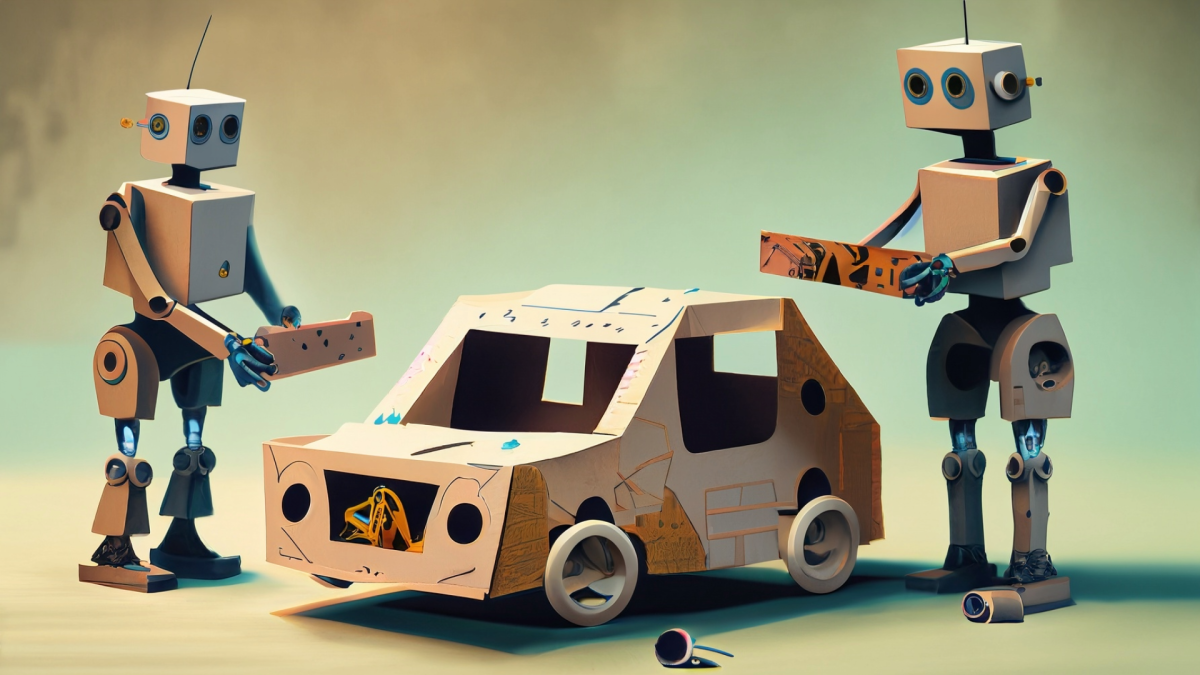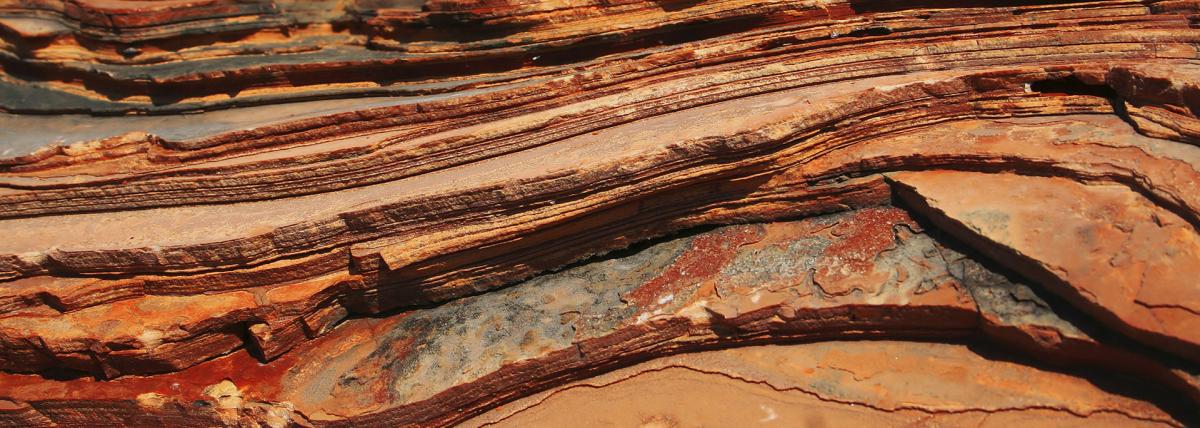This lesson plan is designed for students to investigate the relationship between force, mass, and acceleration. The lesson starts with a phenomena video and hypothesis question. It is followed by a
Students investigate options for covering a unique shaped pool with circular solar pool covers. This lesson includes using a scaled drawing to create calculations and creating a proposal.
Students will design a keychain in Tinkercad, strengthening their understanding of metric units and design, while also using the following mathematical vocabulary: volume, prism, cylinder, millimeters
Creative Animal Adaptations
In this lesson, students create a brand new species of animal! Designed to be an end-of-unit activity after students have learned about different environments and animal adaptations, students will
This is a comprehensive lesson plan that takes teachers through the process of building a scale solar system out of classroom materials. It takes teachers through the Sun, the Inner Planets, the Outer
Students will conduct a lab activity to gather information about how the heart rate can be affected by rest and by exercising. They will learn how to calculate their own target heart rates using a
This STEM activity is designed to explore force, motion, friction, and speed with a student-friendly and engaging activity. Students will plan and create a marble maze using simple materials. Material
This lesson will provide students with hands-on experience to design a roller coaster that will demonstrate transformation and conservation of mechanical energy. Students will learn the concept of
First students will learn what engineers do and a few different strategies they might use to build strong buildings. Students will create a structure of any shape using given materials to withhold two
The lesson introduces Boolean operations as a tool for searching and then relates the effect of the Boolean operator to the similar effect in Boolean logic as a means to introduce Boolean logic and
A lower elementary (Kindergarten through 4th grade) lesson plan to explore what the robot can and can not do, to program the robot to complete a task, and to collaboratively work as a team to complete
Messin' with Mixtures
Cut Out Stop Motion Animation
Featured Lesson Plans
Check out these notable lesson plans.

This interactive 4th-grade lesson plan focuses on erosion and weathering, key concepts in understanding Earth's geology. In "Dynamic Earth," students use an interactive simulation to explore how

Sailing Down the Road: Part 2
This is part 2 of a two part lesson called Sailing Down the Road. In this lesson students will design a sail that can successfully catch the wind and cause their cardboard car (from part 1) to drive

Explore Coal Mine Canyon's wonders! Watch a documentary, read about geology, draw the canyon, and use tech to learn about geological layers. Fun, interactive learning awaits!


